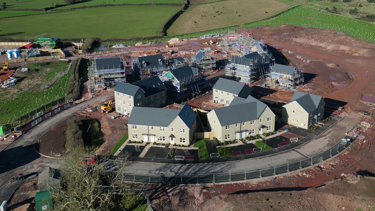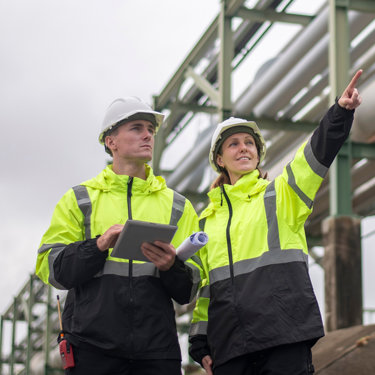Unlocking the potential of the grey belt: a new frontier in land development?
Published: 5 August 2024
To meet the Government’s new housing targets, a focus has been placed on brownfield development as the main priority, but there is an acceptance that development of the green belt will also be required. The Government recently announced plans to build on the 'grey belt' as part of its commitment to create 1.5 million new homes over the next five years, facilitated by reform of the planning system as part of the proposed new Planning and Infrastructure Bill.

What is the grey belt?
The green belt, established over 70 years ago, covers around 13% of England and aims to limit urban sprawl. However, contrary to its name and widespread belief, the green belt isn’t entirely green!
The grey belt is a term coined by the Government that refers to 'poor quality and ugly areas' within parts of the protected green belt. While the grey belt has not yet been fully defined, sites such as disused car parks, wasteland, and potential areas of low biodiversity are likely to fall within the definition and any forthcoming new guidance. Some estimates suggest there are around 20,000 sites that fall into the grey belt category where homes could be developed, of which around 2,500 are estimated to be within London's green belt.
Building on grey belt land
The Government wants to repurpose grey belt land for new homes, with half of them designated as affordable housing. Building on both the grey belt and additional brownfield sites in urban areas will be necessary to meet the Government’s housing targets, but existing green belt rules require demonstrating 'very special circumstances' for planning permission. At present, planning approval for development within these areas is challenging; but with this renewed focus, sites such as a disused petrol station in a green belt area would be more likely to receive a favourable planning outcome. Although such sites can come with their own issues.
There is a potential risk to developers who assume that focusing on these grey belt sites will avoid the complexities and anomalies that developments on brownfield land bring. It is likely that a number of these grey belt sites will present challenging land contamination and ground stability issues, so it is essential to conduct comprehensive due diligence and a feasibility assessment before any acquisition. This not only helps to avoid inheriting unforeseen liabilities, but can also help to identify solutions that offer a competitive edge.
If properly managed, the development of grey belt sites could not only satisfy housing needs but also yield a net positive impact on the environment. This can be accomplished by decontaminating polluted land, mitigating risks to vulnerable ecological receptors, and fostering a net increase in biodiversity via enhancements in development practices. Effective delivery of these elements will also help ensure the Government can meet its commitment in the Planning and Infrastructure Bill of 'using development to fund nature recovery'.
Land that may be dismissed as ‘ugly’ or classed as wasteland – and therefore likely to be defined as grey belt – may in fact serve as an important habitat for protected species. In our experience, many sites encompassing rubble and landfill areas have actually evolved into valuable habitats for protected species, such as reptiles, ponds containing great crested newts, and areas used by ground nesting birds. On the challenging end of the spectrum, areas of wasteland might harbour invasive species like Japanese knotweed, which will require management and control measures.
How Adler & Allan can help
We can facilitate the successful development of sites within the grey belt, while ensuring that the environmental benefits inherent in site development are fully realised. Our team of land quality and ecology specialists can balance the needs of developers while navigating the intricacies of specific planning requirements and technical reporting.
For more information about our range of land quality services, please go here.
Environmental compliance today, creating a sustainable tomorrow
Helping you reduce risk to the environment and your operation by managing assets compliantly while achieving commercial, ESG, and net-zero goals.
Contact our experts




